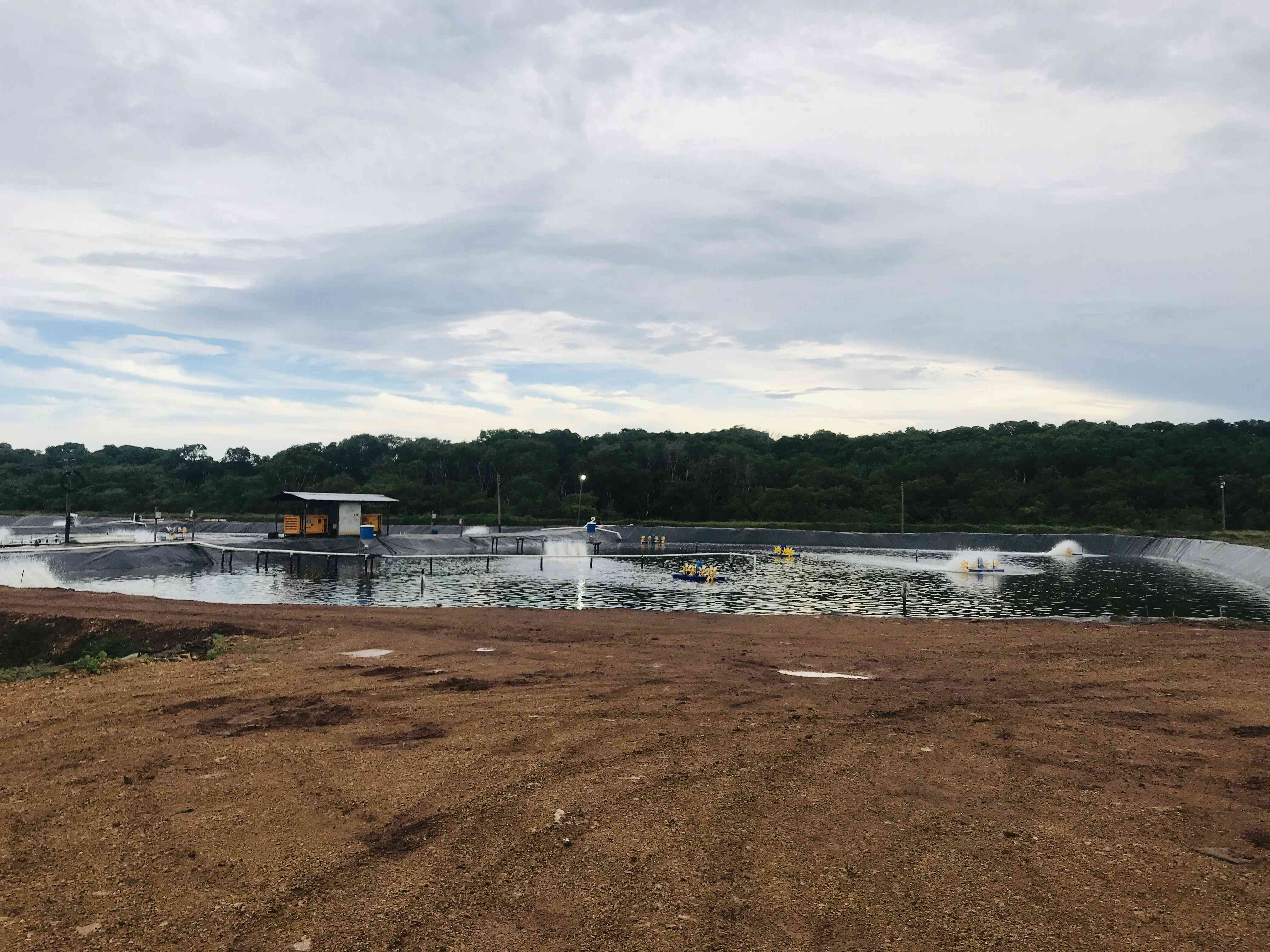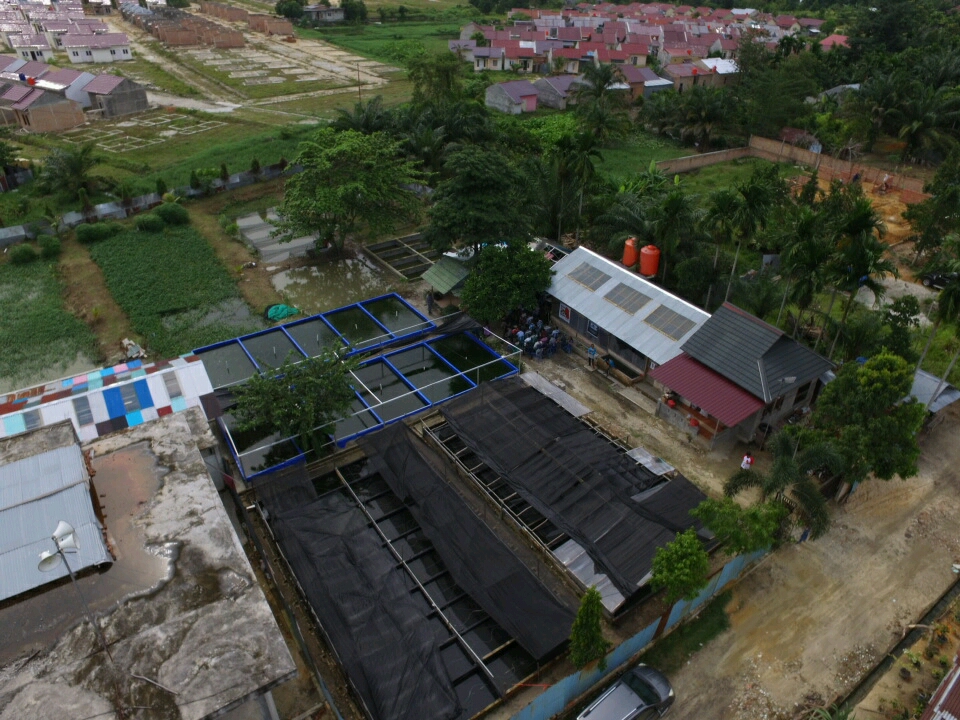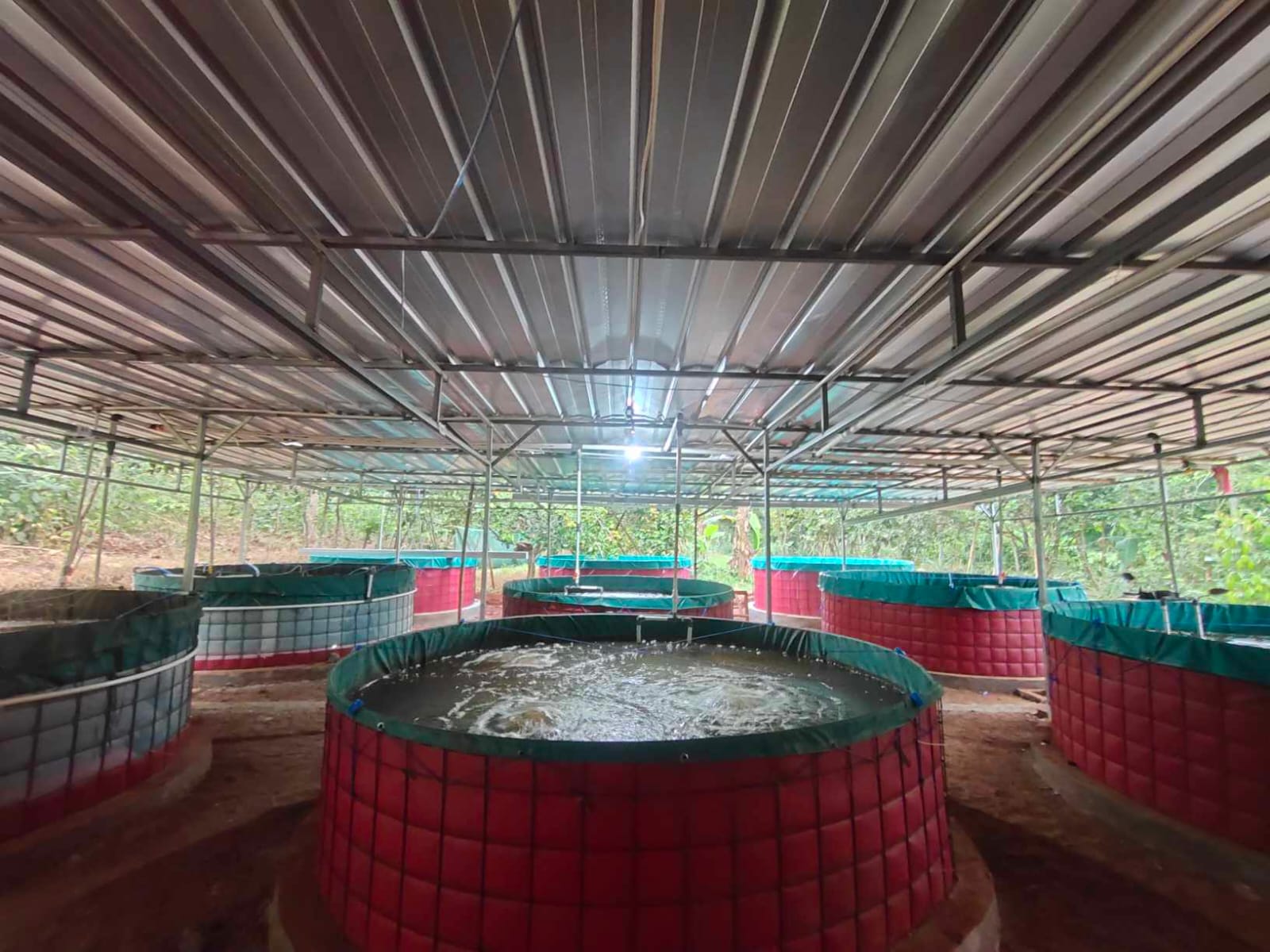The feeding program in white shrimp culture is the first step that must be considered to determine the type, size, frequency, and total feed requirements during the maintenance period. The efficient use of feed in aquaculture is very important because feed is the most expensive production factor. Feed management must be done as well as possible by paying attention to what, how much, when, how many times, and where the fish (shrimp) are fed. The application of feeding yeast should be adjusted to the behavior of the cultivator, as well as the cycle of the digestive system to maximize the use of feed. In addition, pay attention to the following
- The size of the feed we give.
- Amount of feed given.
- How to feed.
- Feed control.
- Sampling.
There are two types of feed given to vannamei shrimp larvae during the rearing process, namely natural feed (Phytoplankton and Zooplankton) and commercial feed (artificial). Each food was given with the amount and frequency according to the larval stage. In increasing production in vannamei shrimp farming to meet nutritional requirements, artificial feed is needed. What is meant by artificial feed is feed that is mixed from various materials. Feed must contain complete and balanced nutrition for the needs of fish or shrimp. Because nutrition is a very important aspect, if the food given to fish has a high enough nutritional value, it will not only give life to the fish but will also accelerate growth. Like other animals, shrimp also require certain nutrients in certain amounts for growth, body maintenance, and self-defense against disease. These nutrients include proteins, fats, carbohydrates, vitamins, and minerals.
1. Vannamei shrimp brood feed
a. Natural feed
Feed management is one of the main factors in hatching white shrimp (Litopenaeus vannamei). The natural feed is given in the form of sea worms, oysters, and squid with a dose of 30-40% of the biomass. The protein content of marine worms, oysters and squid is relatively high so it is good for stimulating and stimulating gonad maturation in both female and male broodstock. Feeding is given 4-5 times a day in the morning and evening.
b. Artificial feed
The artificial feed for the production of vannamei shrimp is given in the form of pellets with a protein content of at least 36% and a frequency of 4-6 times a day. Feeding both natural feed and artificial feed for rearing vannamei shrimp can be mixed with vitamin supplements. Vitamins are given by being mixed into a certain dose of feed. In natural feed, vitamins are only mixed in oyster and squid feed because sea worms already have a fairly good content so there is no need to add additional supplements. In addition, worms also secrete a lot of mucus, making it difficult to absorb vitamins. The provision of feed that contains lots of protein, fat, and vitamins in vannamei brooders can maintain body resistance to disease attacks and stimulate gonad maturity.
2. Post larvae shrimp (PLs) feed
a. Natural feed
Natural food in the form of Phytoplankton and Zooplankton. The type, dose, and frequency vary at each stage, as can be seen below.
Table 1. Natural feed
|
|
|
|
|
||||
|
|
|
|
|
|
|||
|
|
|
|
|
|
|
|
|
|
|
|
|
|
|
|
|
|
b. Artificial feed
The form of powder, liquid, and flakes (thin plates) with particle sizes according to their stadia. Zoea (50-100 m), Mysis (100-200 m), and Post larvae shrimp (PLs 1-10, 200-300 m) with a minimum protein content of 40%, and maximum fat of 10%.
Table 2. Artificial feed
|
|
|
|
|
||||
|
|
|
|
|
|
|||
|
|
|
|
|
|
|
|
|













